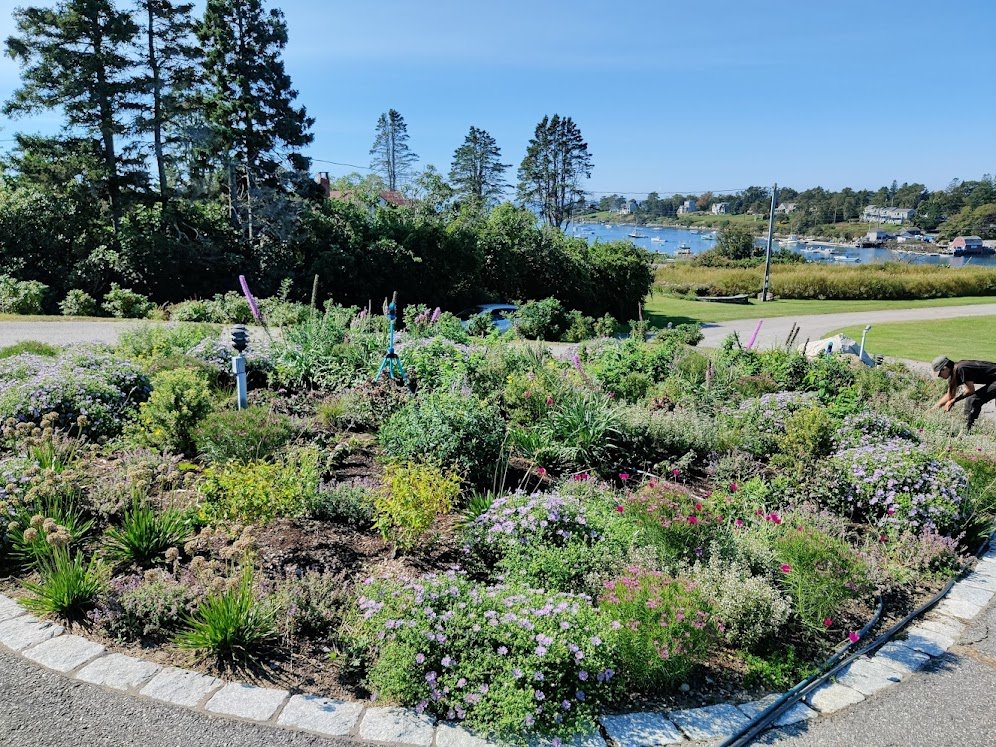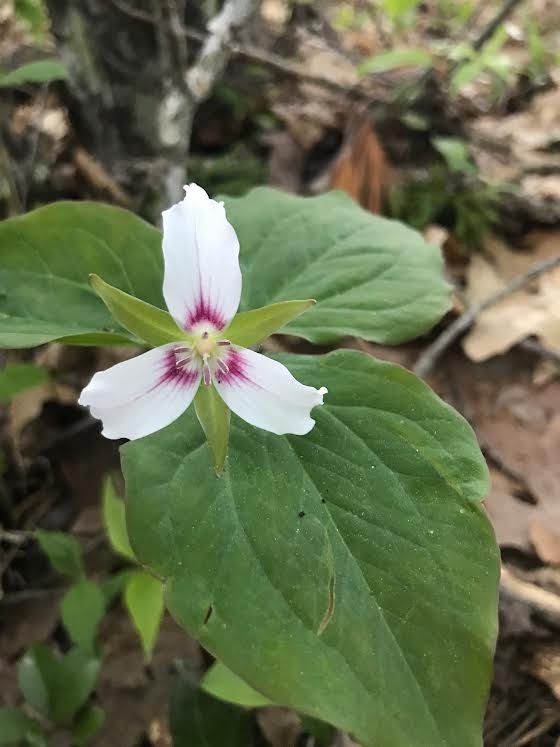
Our Services
Landscape Design
Initially, we’ll define the scope of the project, your vision for the future garden, and a general budget to work toward. Spending time getting to know a place intimately ensures that the resulting garden feels settled in the landscape, rather than imposed upon it.
The design stage focuses on putting ideas on paper.
After a preferred conceptual plan is chosen, the focus shifts to creating a polished final landscape plan and a cost estimate for its implementation.
Contact us for a site visit today!
Installation/Management
Site preparation creates the foundation for the garden. We work lightly and by hand to ensure that we are not further disturbing the environment. Once the site is prepared, planting can begin.
Plants are sourced from only the most reputable nurseries, including a network of specialty growers throughout Maine, personally selected, and carefully delivered.
We personally manage each newly planted garden through its first growing season, guiding the planting through the critical establishment phase.
Native & Edible Plantings
Definition: Native plants are species that occur naturally in a particular region, climate, or ecosystem. These plants have adapted to local conditions and are integral to the food web, providing essential resources for native insects, birds, and other wildlife.
Native plants are the foundation of healthy ecosystems. Unlike non-native or invasive species, native plants have evolved over thousands of years to thrive in specific climates and soil conditions, forming unique relationships with local wildlife. By planting and conserving native species, we create resilient landscapes that support biodiversity, conserve water, and reduce the need for fertilizers and pesticides.
Despite their benefits, native plants are increasingly under threat from habitat loss, invasive species, and climate change. Non-native plants introduced through landscaping, agriculture, and accidental spread often outcompete native species, reducing biodiversity. Protecting native plants is essential for maintaining balanced ecosystems and conserving local wildlife.
Rewilding/ Lawn Conversion
The trouble with lawns starts with the grass itself. Most of the turf-grass species we plant in the United States are native to Europe. As a result, they are often poorly adapted to our climates and soils, needing supplemental irrigation, fertilizers, herbicides, and pesticides.
According to the U.S. Environmental Protection Agency, 30,000 tons of pesticides are applied to lawns every year. Fourteen of the 30 most commonly used lawn pesticides are neurotoxins and are known or suspected carcinogens.
By moving away from lawn care, we find our environmental impact is lessened greatly.
Invasive Species Management
Without active management, invasive species can cause profound harm; reducing the complexity of an ecosystem, displacing plants, insects, birds, and animals. These plants that we consider invasive, evolved in a completely different region of the world and often provide little or no benefit to us in North America.
The good news is that with intention, planning, persistence, and commitment, invasive species can be reduced to manageable levels. Dense plantings of sturdy natives will help to out-crowd invasive species. We do not use any chemicals. With this in mind, it does take time to completely eradicate any invasive from the landscape.


